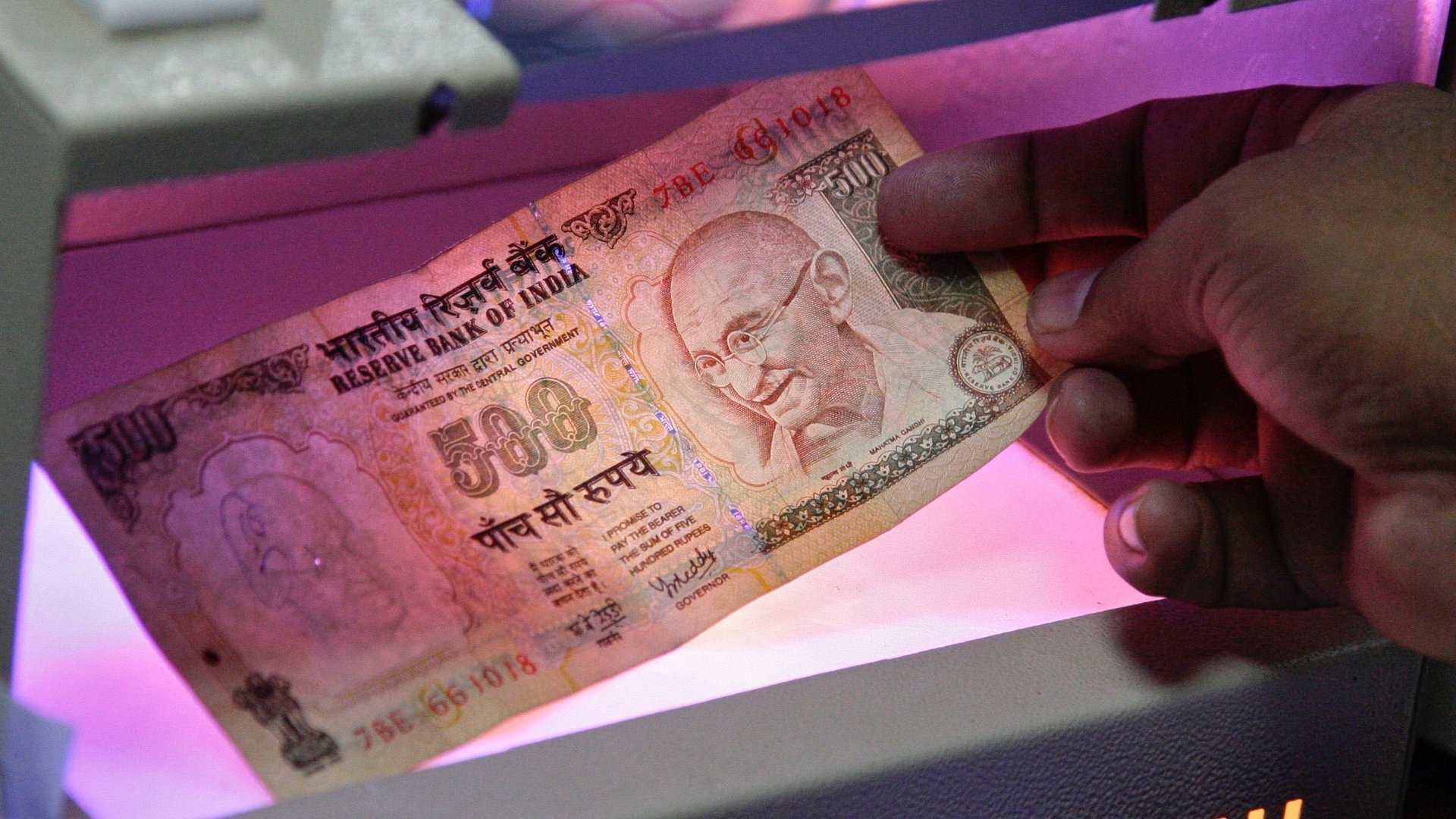What India’s ban on Rs500 and Rs1,000 notes means for foreign travelers
Starting Nov. 9, India is bidding adieu to all 500 and 1,000 rupee notes.


Starting Nov. 9, India is bidding adieu to all 500 and 1,000 rupee notes.
The demonetization is an attempt to curb corruption and terrorism by the Modi government. Honest citizens have little to worry about—barring the fact that the cash won’t be accepted for any transactions. All they have to do is go to their local banks or post offices and deposit the outdated currency over the next 50 days. In return, the government will issue new Rs500 and Rs2,000 denomination notes.
The move forcing the circulation of black money and counterfeit notes out of the system could inconvenience some people who don’t know what to do with their cash, such as foreign tourists who don’t have bank accounts in the country or non-resident Indians (NRIs) re-entering the country with their old bank notes.
The government intends to set up provisions for people arriving or departing from international airports to exchange their Rs500 and Rs1,000 notes for new notes or legal tender up to Rs5,000, prime minister Narendra Modi said in a speech on Nov. 8. The limit applies to citizens as well as foreign tourists, and the latter will face the same cap when exchanging foreign currency too. This is likely because the government has to suddenly replace hundreds of thousands of crores that are (legally) stored in the now defunct denominations. They will have 72 hours to swap out the old notes.
For the first two days, ATMs across the country will be out of service. But once the banks recalibrate their ATMs, everyone will be able to withdraw up to Rs2,000 per day until Nov. 18. After that, the limit will be increased to Rs4,000.
Residents who have cash in the country but will not be physically present to make the trade in time have the option of authorizing another person in India to deposit the notes into their bank account via a written letter. The person can then, with sufficient identity proof like a PAN card, Aadhar card, or passport, deposit the money.
For NRIs like me, who have cash on hand but won’t be returning until after the government’s Dec. 30 deadline to trade them in, the guidelines are murkier. Plausibly, we could change our money into dollars, pounds, or other local currency, and then change it back to rupees when we return. But more than likely, we’re bound to lose money during the exchanges.